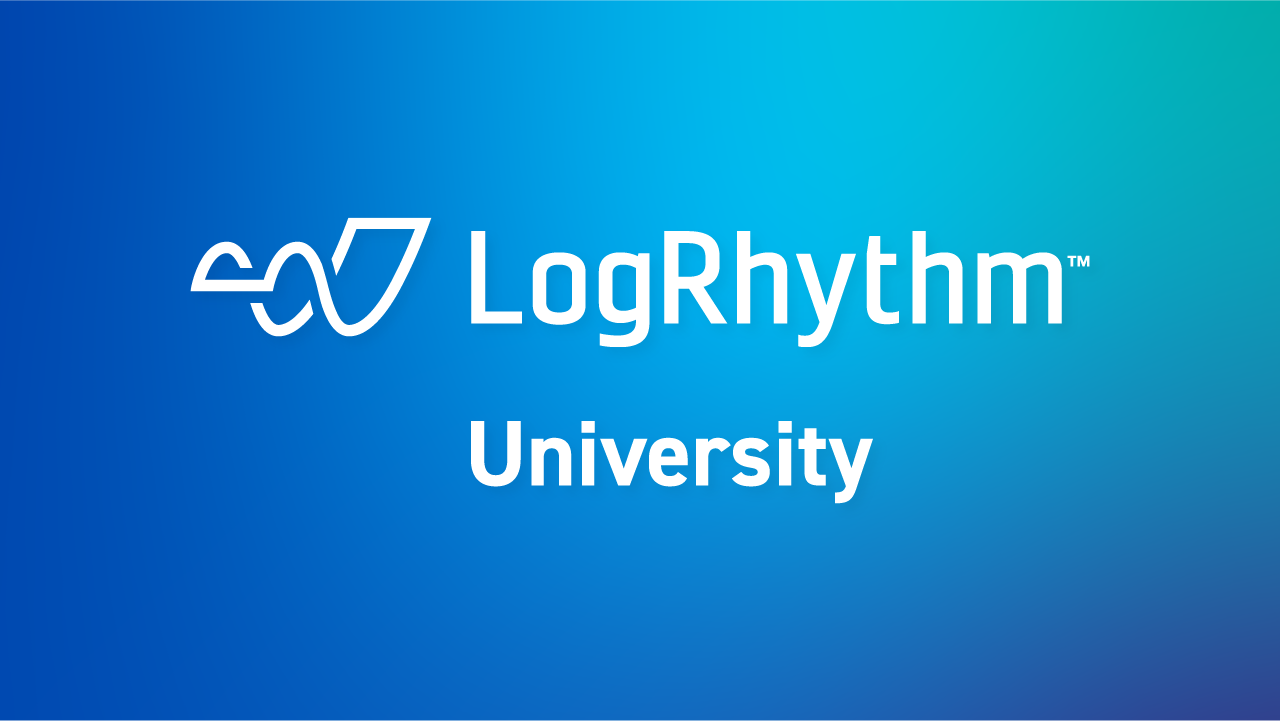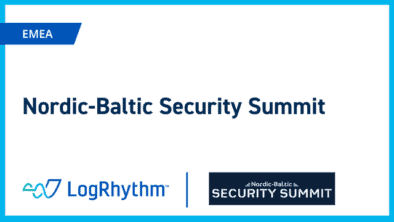
Some core components of a next-gen SIEM solution, include: Next-gen SIEM solutions provide new capabilities for improving security visibility and threat detection, while also streamlining the process for security teams to manage their workload. With the increase in cloud adoption, mobile technologies, hybrid datacenters, and remote workforces, next-gen SIEMs are much more suited to meet the growing demand for threat detection and response across disparate systems. What are the major differences between traditional SIEM solutions and next-gen SIEMs? At the core, both solutions have similar functionality, but legacy SIEMs can’t handle the rising volume and complexity of data in today’s threat landscape. This led SIEM providers to eventually launch new features that have termed these enhanced products as “next-generation SIEM” solutions.
#Magic engine siem software#

Security information management (SIM): Tools for automated collection of log files for long-term storage, analysis, and reporting on log data.Log management systems (LMS): Processes for simple collection and centralized storage of logs.These legacy SIEMs were a combination of integrated security methods into one management solution, including: Mark Nicolett and Amrit Williams established the term “SIEM” in a 2005 Gartner research report, Improve IT Security With Vulnerability Management. SIEM solutions have been around for over 15 years, but today’s modern SIEMs have evolved from their original counterparts. SIEM technology examines all data, sorting threat activity according to its risk level to help security teams identify malicious actors and mitigate cyberattacks quickly. Analyzing all of the data in real-time, SIEM solutions use rules and statistical correlations to drive actional insight during forensic investigations. SIEM solutions can reside either in on-premises or cloud environments.

SIEM software works by collecting log and event data produced from applications, devices, networks, infrastructure, and systems to draw analysis and provide a holistic view of an organization’s information technology (IT). Security operation centers (SOCs) invest in SIEM software to streamline visibility across their organization’s environments, investigate log data for incident response to cyberattacks and data breaches, and adhere to local and federal compliance mandates.

SIEM technology aggregates log data, security alerts, and events into a centralized platform to provide real-time analysis for security monitoring. SIEM stands for security, information, and event management.


 0 kommentar(er)
0 kommentar(er)
